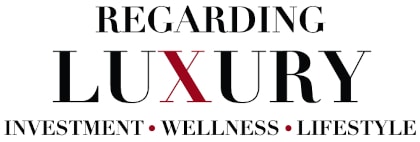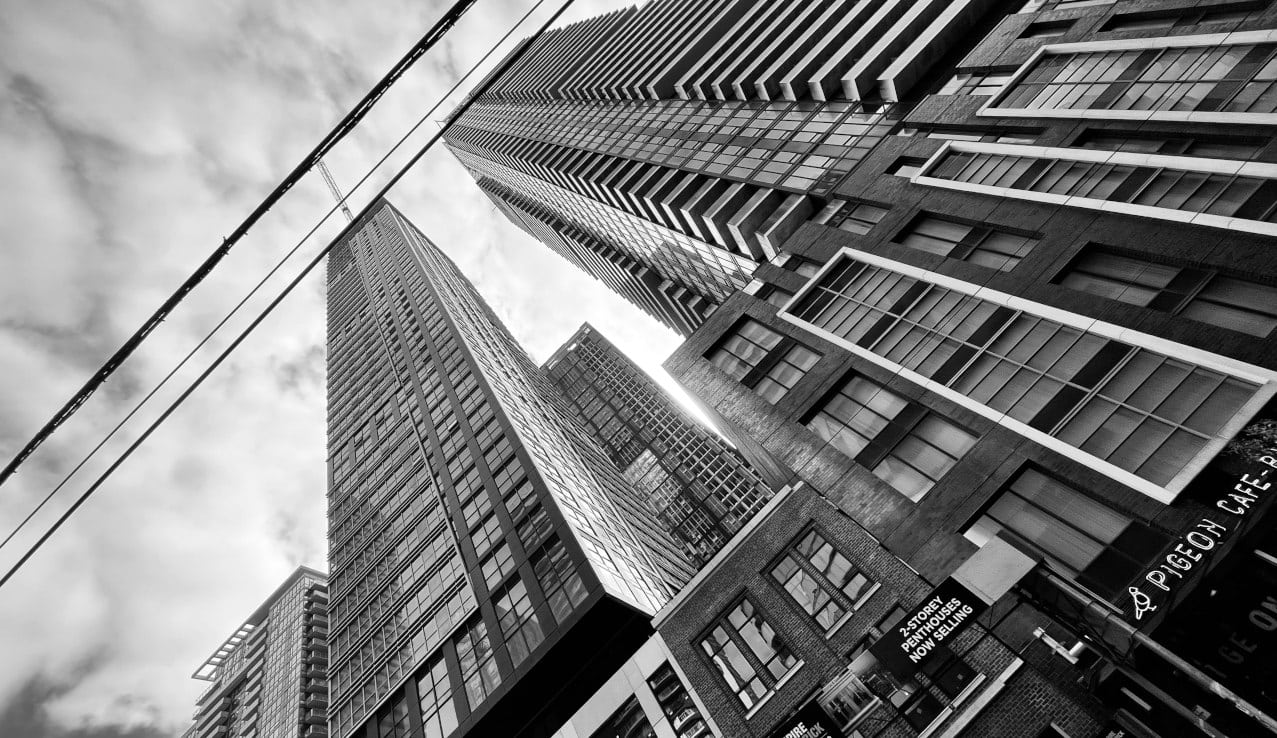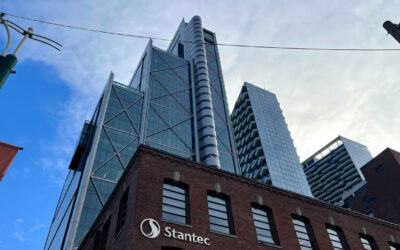Market interest rates have an incredible impact on different areas of real estate. Any time they shift up or down, ripple effects spread through the market, altering buying behavior, seller expectations, financing costs, and even long-term development strategies.
Knowing the ins and outs of these market dynamics is crucial if you’re considering investing in real estate. This knowledge can guide your decisions, helping you make smart, profitable decisions, instead of being stuck with a sunk cost.
Understanding Interest Rates
Central banks set policy rates that guide the overall cost of borrowing in the economy. By adjusting short-term rates, they indirectly influence the interest rates that commercial banks and lenders offer on mortgages, personal loans, and business financing.
When the U.S. interest rate rises, borrowing becomes more expensive, discouraging some forms of spending and investment. When they fall, credit flows more freely, stimulating demand for goods, services, and most important in this context, housing.
In real estate, this cascade directly affects the cost of mortgages, the demand for property, and the ultimate trajectory of property values. When you understand this connection, you can better forecast where opportunities may arise in the real estate market.
U.S. Interest Rates: What Real Estate Investors Should Know
Impact on Mortgage Affordability
When interest rates climb, this directly affects whether borrowers can afford certain homes. Their home loans become more expensive with increased rates, so they have larger mortgage payments that can cut into their budget.
Consequently, the purchasing power is reduced. A family that could afford a $400,000 home at a 4% interest rate may now only qualify for $350,000 at 6%. They’re not able to offer the market value for homes or have to compete with more offers to secure the home they want.
By extension, affordability affects those trying to sell their homes. Their qualified buyer pool becomes smaller, which can mean fewer offers, longer listing periods, or a reduced likelihood of closing the sale. Sellers may lower the asking price or accept longer negotiations to secure deals, which is when investors can get good bargains.
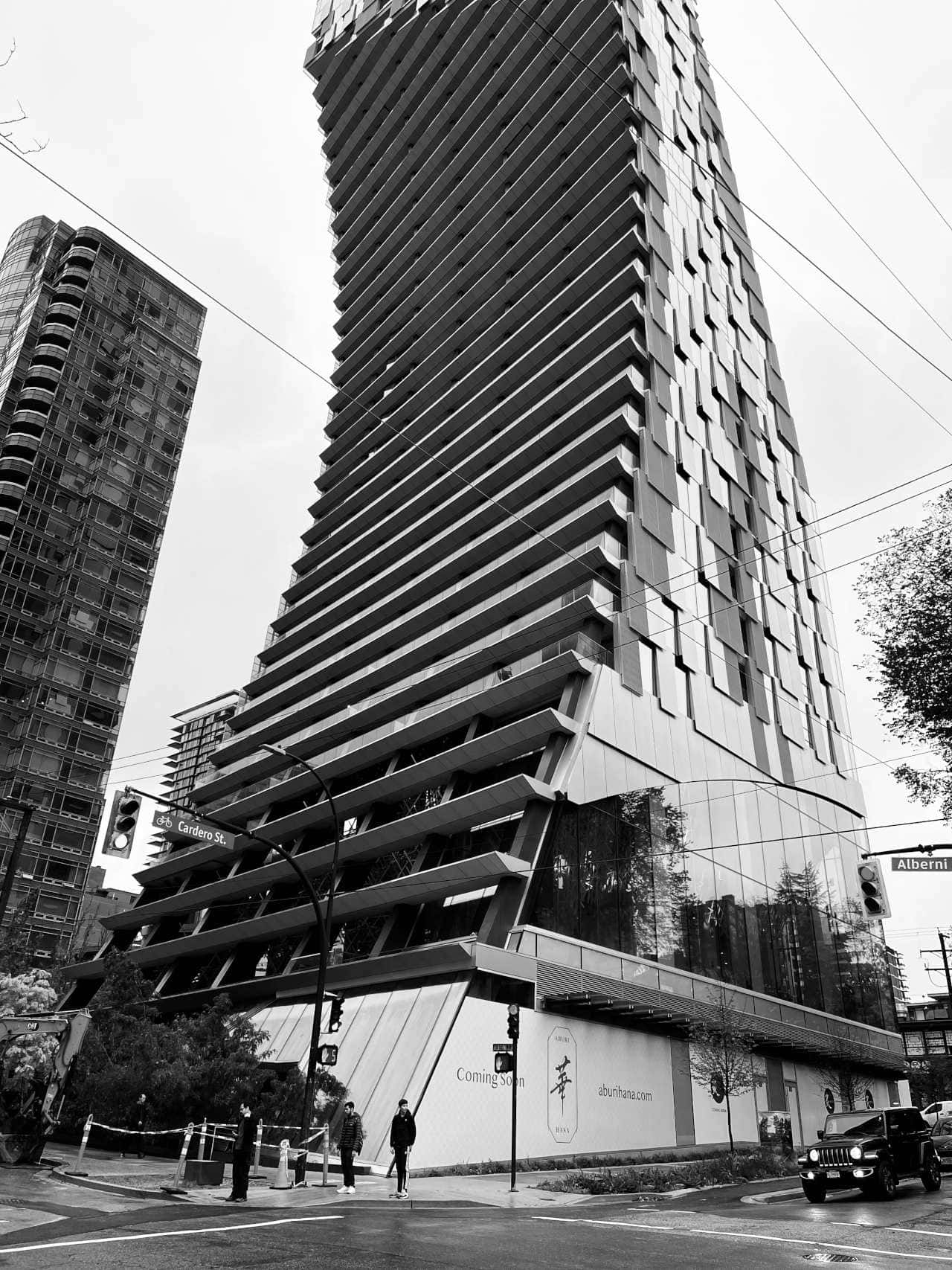
Vancouver downtown. Image: Mark Keast
Effect on Property Value
Property values and interest rates are a push-pull relationship. As interest rates increase, there are fewer buyers that can afford the home – or can enter the market at all. The demand for properties comes down, leading to a stagnant market. With fewer buyers in the market, there’s more supply than demand. Property values begin to decrease.
If the interest rates are lower, the demand for new homes increases with lower inventory. Property owners can ask higher prices for their homes with more prospective buyers and offers, since affordability goes up.
Effect on Rental Market
Rental markets are affected by interest rates, though indirectly. Higher interest rates mean some aspiring home buyers are priced out and have to rent longer than they intended. This increases the number of renters vs. buyers, driving demand for available rental properties.
If rental owners bring in higher rental income, it can offset the costs of investing in more properties. This creates a buy-and-hold strategy that can be a profitable investment choice when the market is favorable.
Influence on Investment Strategy
In high-rate environments, cash flow is king. Buy-and-hold rental strategies become attractive because rental demand increases while acquisition prices soften. If you can weather the higher debt service costs, you may lock in steady income streams.
In low-rate environments, appreciation plays a bigger role. Lower borrowing costs make financing cheap, enabling strategies like house flipping, development, or aggressive portfolio expansion. The ability to borrow cheaply and exit quickly through resale often yields strong returns.
Home Renovation Costs
If you’re interested in fixer-uppers to flip with home renovation, interest rates greatly impact the decision. Property renovations are often financed through home equity loans or home equity line of credit (HELOC), so interest rate increases will affect the amount of money you can access for your renovations.
For example, an investor planning a $100,000 renovation at 4% interest may face an additional $4,000 in annual interest expense.
At 7%, that cost jumps to $7,000, which could have funded upgraded finishes or contingency reserves.
By extension, high interest rates affect the amount of return on investment. Financing is more expensive for the renovation, so a larger part of the budget is devoted to interest instead of upgrades. The renovation budget is lower, leaving less money for labor, materials, and the unexpected. As a result, the overall return is lower when the house is renovated and sold.
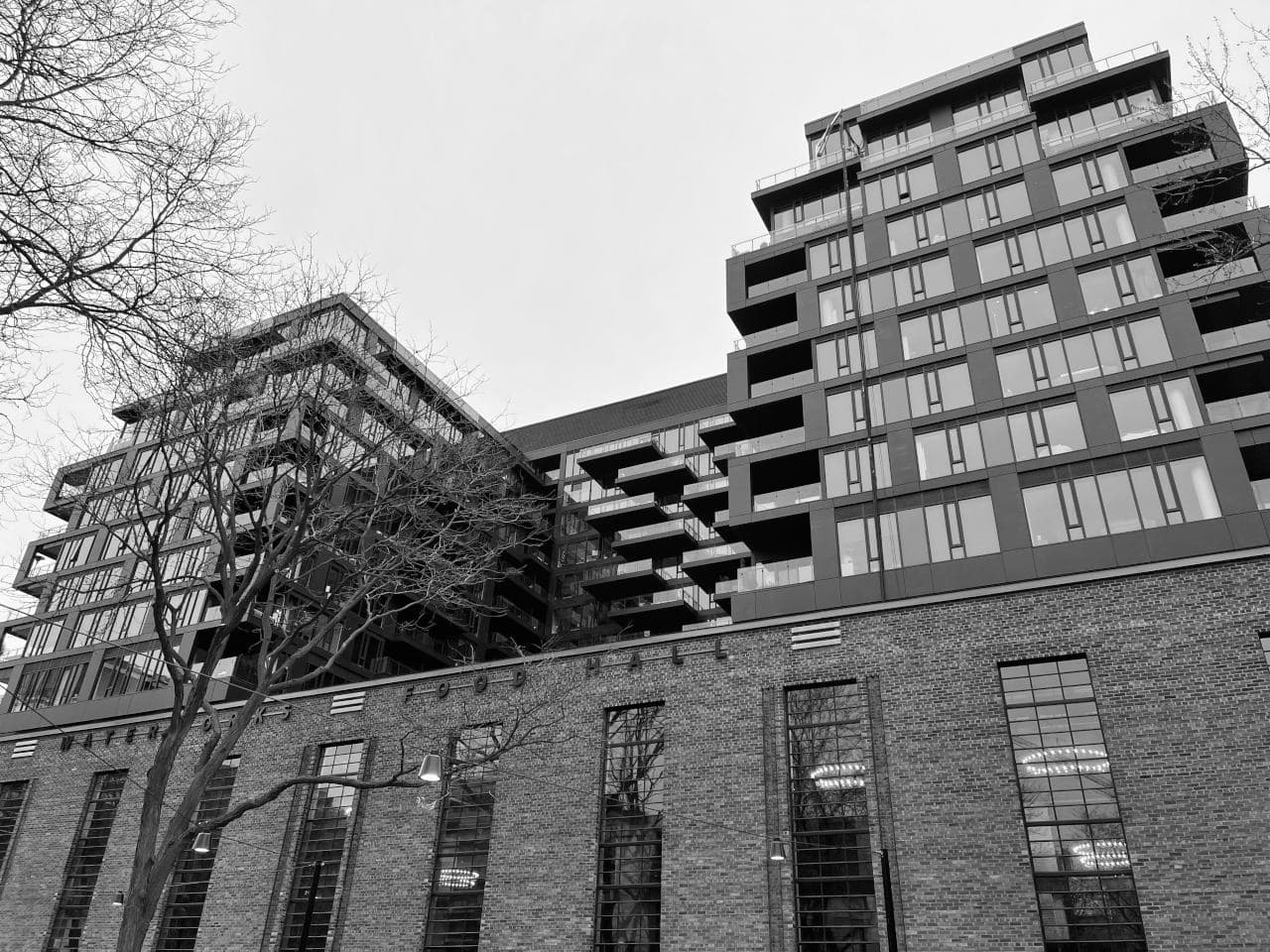
Toronto downtown. Image: Mark Keast
Cash Flow and Debt Service
Cash flow management becomes more complex with fluctuating rates, particularly for investors with variable-rate loans. As monthly payments rise, net operating income (NOI) shrinks, potentially turning profitable properties into financial burdens.
It’s important to stress test your portfolio by modeling scenarios where rates climb 1-2 percentage points higher. This exercise reveals whether current properties can withstand the shocks or if you should refinance or deleverage to maintain a healthy cash flow.
Property Development
Interest rates also influence property development. When interest rates rise, the cost of financing for land, labor, and materials increases significantly. This affects the total cost of the project and the timeline for its completion.
In some cases, high interest rates can stall planned projects completely. Higher rates decrease buyer demand, which can make it harder to sell new properties, so developers may need to hold off on the project until the market stabilizes to avoid losses.
Economic Signals
Interest rates don’t exist in a vacuum. They’re a reflection of broader economic forces like inflation, employment, and GDP growth. Investors who track these indicators gain valuable context for anticipating rate movements.
For example, persistent inflation often leads central banks to raise rates, which in turn cools housing markets. Conversely, during recessions, central banks may lower interest rates to stimulate activity, creating more favorable entry points for investors.
Don’t Ignore Interest Rate Impact
When you’re investing in real estate, the interest rates and market dynamic are among the most important considerations. Interest rates rise and fall like the tides, often without a lot of predictability, but you can watch for signs of downturns and upturns to make the move on investment properties when it’s most profitable.
Top image, Toronto downtown: Mark Keast

Michael Alladawi, CEO & Founder of Revive Real Estate, is a Southern California real estate veteran with a proven track record as a builder, investor, and respected home flipper. Michael created Revive Real Estate to share his industry knowledge and help homeowners maximize their profits when selling their homes. Michael’s passion for his work is as big as his desire to create lasting partnerships. For Michael, it all comes down to how much value one offers, both in business and life relationships.
